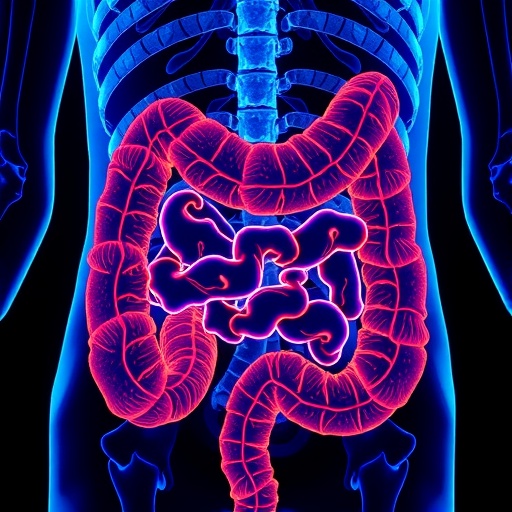A team of Michigan State University researchers, led by James Luyendyk in the College of Veterinary Medicine, has uncovered a new pathway in the body that stimulates liver repair.
Using an experimental model of high-dosage acetaminophen, the team found that liver injury activated blood clotting, which then stimulated liver repair.
The study is published online in the Journal of Hepatology.
Acetaminophen, a widely used pain reliever and fever reducer, is the active ingredient in more than 600 medications and is a leading cause of drug-induced liver failure in the United States if used above the recommended dosage.
"This pathway of repair has never been described before and could lead to new strategies to promote liver repair," said Luyendyk, an associate professor of pathobiology and diagnostic investigation. "Tissue injury is tightly connected to the activation of blood clotting, meaning this new pathway could be very important in treating liver damage not just by acetaminophen overdose, but other causes as well."
His laboratory is currently defining the role of this particular pathway in liver cirrhosis, liver autoimmunity and obesity.
The liver is often capable of responding to damage by triggering a repair response that can restore normal liver function. However, if this process is insufficient or breaks down, liver damage persists and can lead to failure of the organ. It's a condition that can often require a liver transplant.
"We were very surprised because normally the blood clotting process is thought to worsen liver function," Luyendyk said.
Fibrinogen is a large, complex, soluble blood plasma protein. During coagulation, this protein is converted to insoluble fibrin deposits, a factor in blood clotting. These deposits are what the researchers discovered is critical to liver repair after an acetaminophen overdose.
The fibrin molecule plays a key role in activating a type of immune cell, known as a macrophage, which helps remove cellular debris. Luyendyk and his coauthor Anna Kopec, a research assistant professor of pathobiology and diagnostic investigation, indicated that this specific activity of fibrin is required to drive repair of the injured liver.
"This activity of fibrinogen can, in principle, be enhanced by drugs, potentially without affecting the blood clotting process itself," Kopec said.
Current treatments for acetaminophen poisoning are focused on reducing acetaminophen toxicity. But in many cases, patients already have injury when they arrive at the hospital, at which point the window for treatment with existing therapies may have passed.
"Discovery of drugs that can promote repair of the already injured liver would address an important unmet need," Luyendyk said.
###
Media Contact
James Luyendyk
[email protected]
517-884-2057
@MSUnews
http://msutoday.msu.edu/journalists/
############
Story Source: Materials provided by Scienmag




